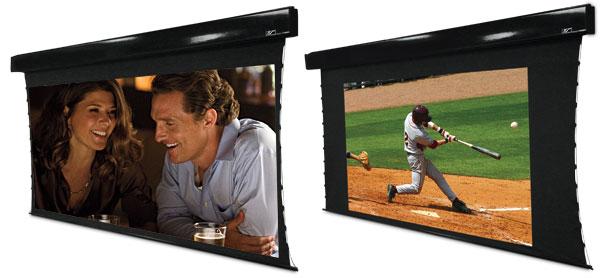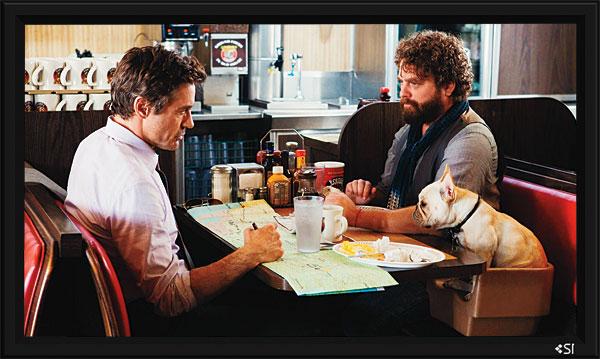|
Apr 04, 2014 |
|
Mar 13, 2013 |
|
Mar 13, 2013 |
|
Apr 27, 2012 |
|
Sep 12, 2011 |
|
Apr 26, 2011 |
|
Jul 19, 2010 |














